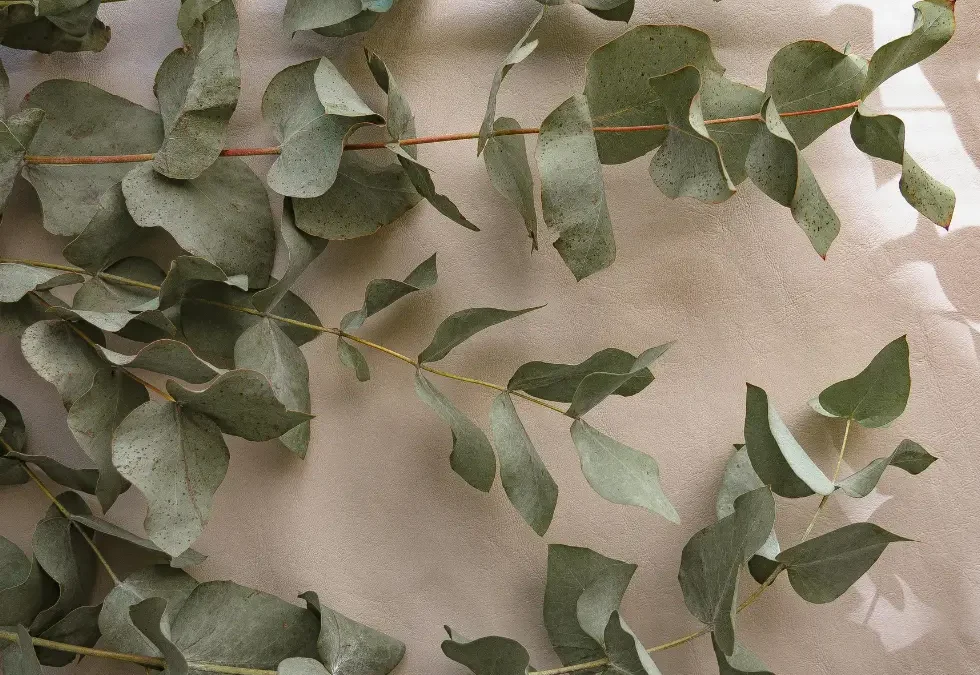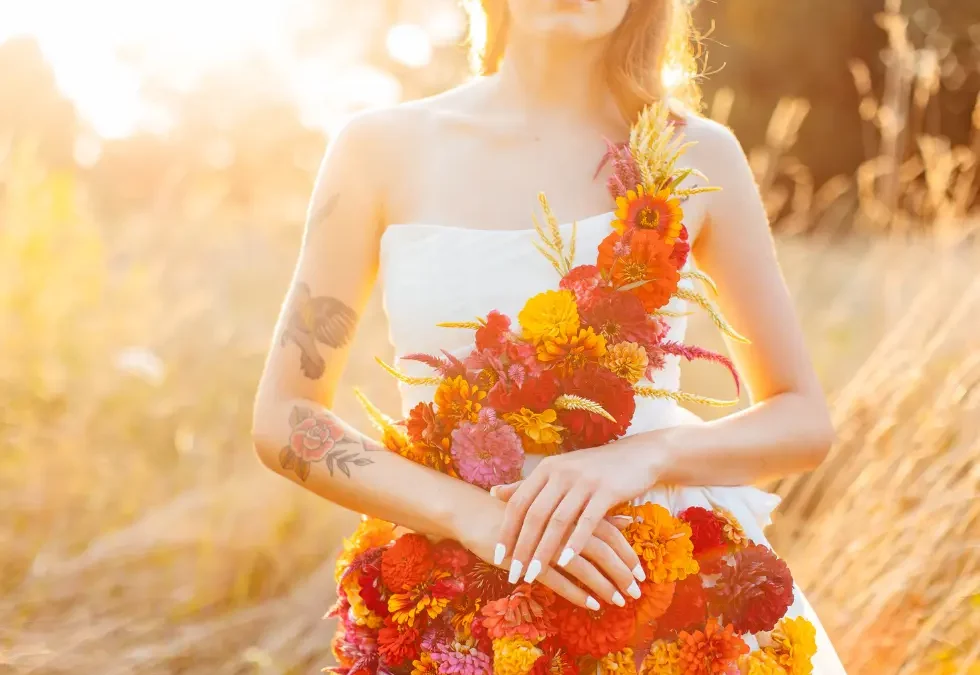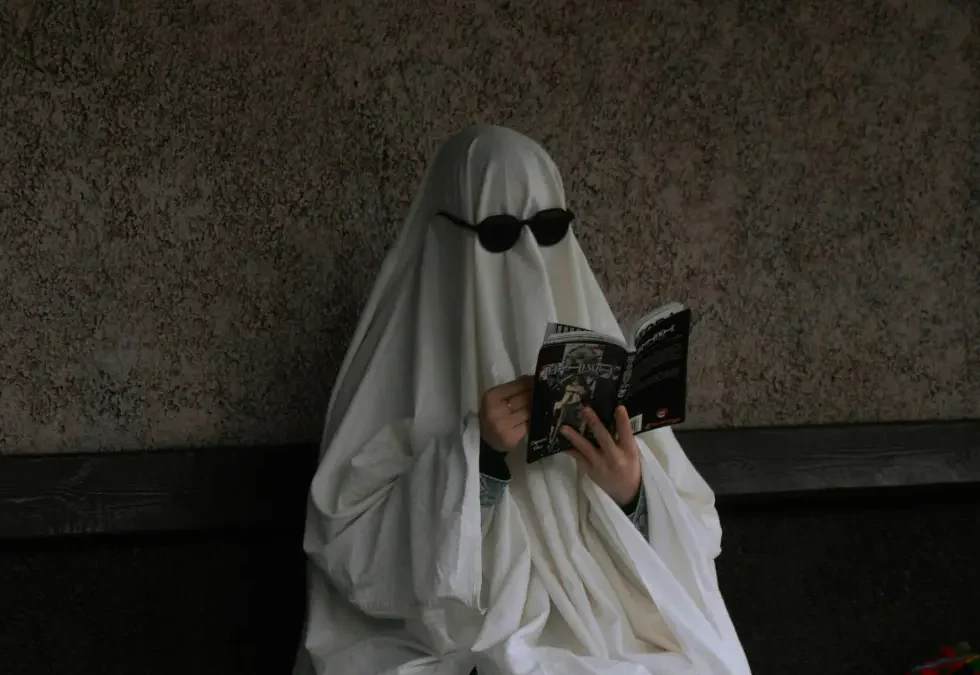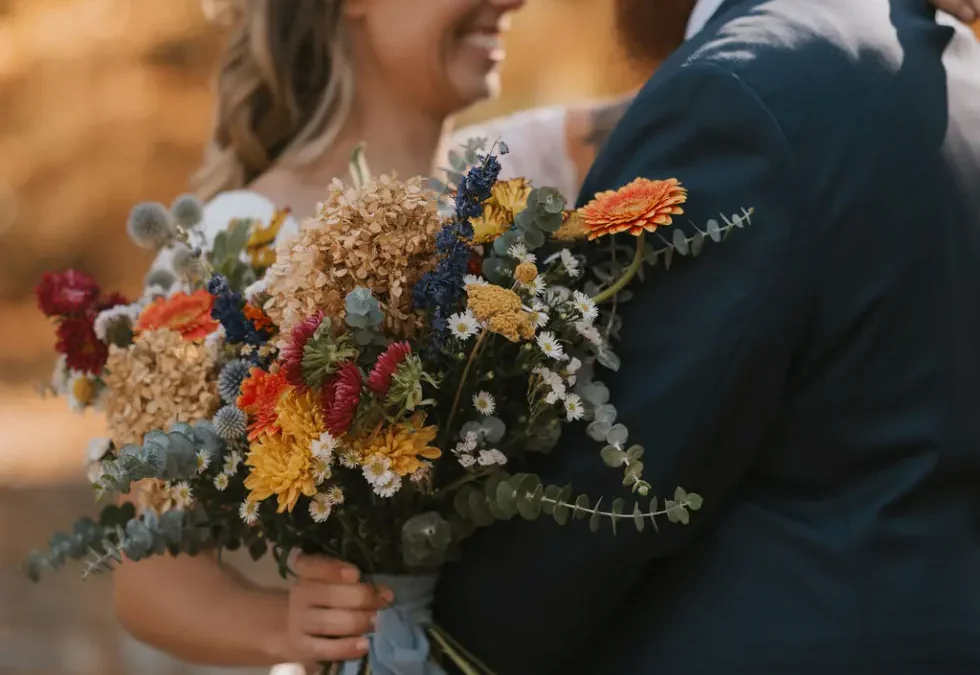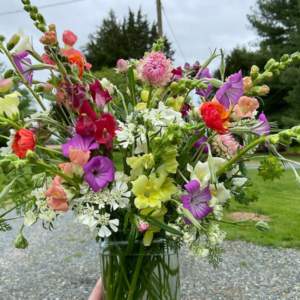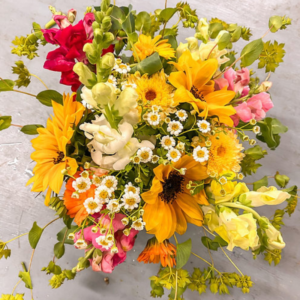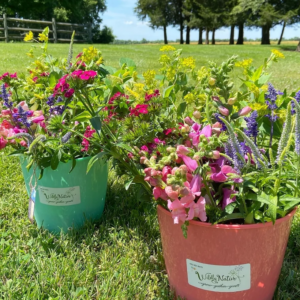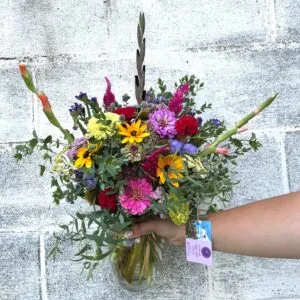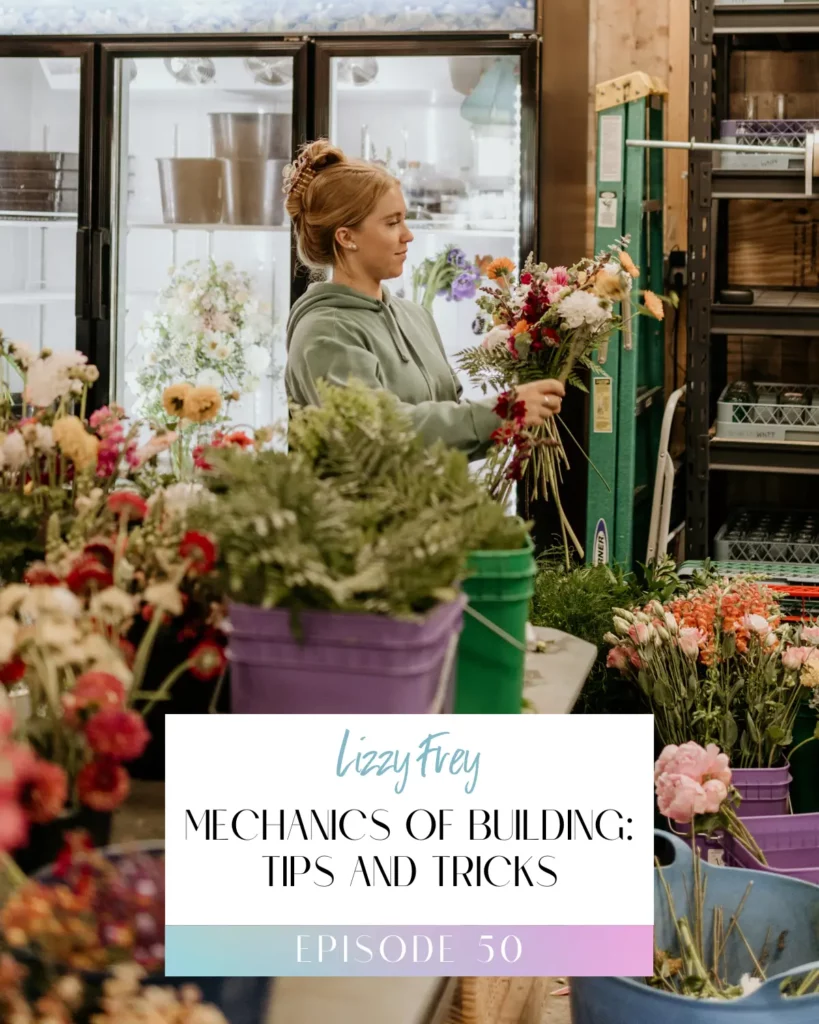
The Mechanics of Floral Design: A Deep Dive into Floral Arrangements with Wildly Native Flower Farm
Welcome to The Flower Files podcast, brought to you by Wildly Native Flower Farm! Hosted by florists and flower enthusiasts Lizzy Frey and Liza Goetz, this podcast offers an inside look at floral design, farm life, and the mechanics behind breathtaking arrangements. Whether you’re a professional florist, an aspiring designer, or simply a flower lover, this episode is packed with insights into the tools and techniques that bring floral creations to life.
Understanding the Mechanics of Floral Arrangements
In this episode, Lizzy walks through the essential mechanics of building floral designs. Creating a seamless, sturdy, and visually stunning floral arrangement requires more than just an artistic eye—it demands knowledge of proper tools, materials, and techniques. Here’s a breakdown of some of the fundamental mechanics used in floral design.
The Essential Tools of Floral Design
- Floral Scissors & Clippers: A clean, sharp cut is crucial for flowers to absorb water efficiently—just like using sharp scissors for a precise haircut.
- Gloves: Protecting hands from continuous exposure to plant materials helps prevent irritation and discomfort, especially during long hours of floral work.
- Buckets & Water Tubes: Keeping flowers hydrated is key, especially for wedding and event installations in warm temperatures.
- Floral Wire & Tape: Used extensively for boutonnieres and fragile blooms, these provide structure and support to ensure flowers stay upright and fresh.
Structural Support & Sustainability in Floral Installations
- Chicken Wire: A florist’s best friend for large installations, chicken wire provides a flexible yet sturdy base for floral arches and hanging pieces. Green-coated chicken wire is preferred as it minimizes scratching and blends seamlessly with greenery.
- Floral Foam Alternatives: While floral foam is a common tool, florists are shifting towards more eco-friendly options, like moss-filled chicken wire, which retains moisture and supports stems without the environmental drawbacks.
- Floral Putty & Pin Frogs: These tools help secure flowers in arrangements while allowing water absorption, making them excellent for minimalist designs.
Building Stable & Beautiful Installations
When crafting large-scale floral designs, especially for weddings, ensuring stability is crucial. From flower arches to hanging installations, florists use:
- Zip ties and twine to secure structures discreetly.
- Oasis cages and egg cages for bouquet support.
- Floral tape and wire grids for custom shaping of arrangements.
Each method serves to enhance both the aesthetic appeal and durability of floral designs, ensuring they hold up beautifully throughout an event.
Why Mechanics Matter in Floral Design
Great floral design isn’t just about choosing pretty flowers—it’s about ensuring longevity, stability, and sustainability. Thoughtful mechanics prevent accidents, reduce waste, and help create more environmentally friendly floral arrangements. By understanding these foundational techniques, florists can craft breathtaking works of art that stand the test of time.
Join the Conversation!
Have you ever been mesmerized by a floral installation at a wedding or event? Let us know in the comments what floral mechanics fascinate you the most!
Don’t forget to subscribe to The Flower Files on Apple Podcasts, Spotify, or your favorite podcast platform.
Stay tuned for next week’s episode, and until then, happy arranging!

